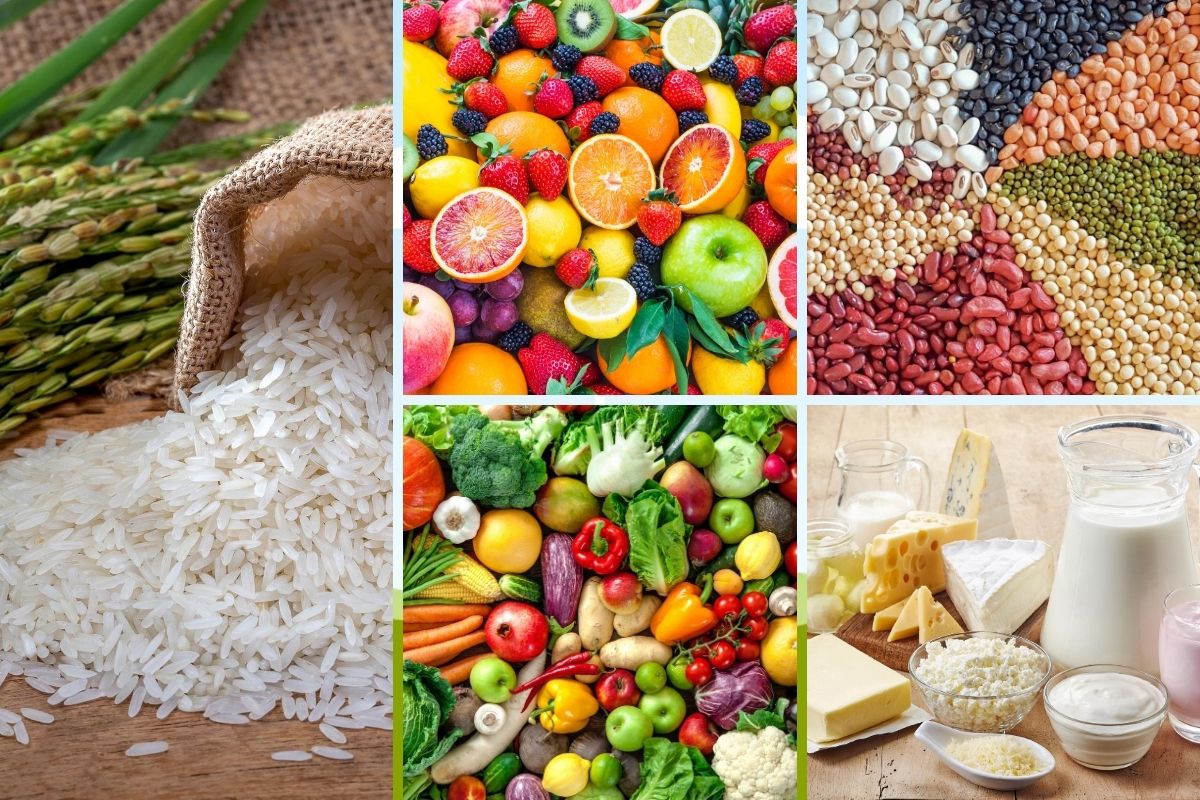
In this follow-up to Serena’s first post on Nutrition and Mental Health, she outlines the basic ingredients that all students should have access to, to create cheap but healthy meals.
If there is anything that I have learnt from the previous five years I have spent at university, it is how to eat on a budget. In contrast to the common misconception that healthy eating is expensive, I believe that it can be affordable with the right knowledge of what to buy and where to shop.
The following are examples of reasonably inexpensive healthy products that you can find at the majority of food outlets. I have broken it down into the five core food groups: grains/cereals, fruit, vegetables, meat and alternatives, and dairy/dairy alternatives. This is a good way to approach your weekly shopping, as it provides you with the base ingredients necessary to create a number of simple meals that will be sure to provide you with a wide range of important nutrients.
Grains and cereals
Rice
Pasta
Noodles
Cous cous
Polenta
Wholegrain bread
Wraps
Rolled oats
Wholegrain crackers
Fruit
Fresh in-season fruit
Frozen berries
Dried fruits (dates, apricots, sultanas)
Vegetables
Fresh in-season vegetables
Canned vegetables (corn, lentils, beans, beetroot, tomatoes)
Frozen vegetables (corn, peas, green beans, stir-fry mix)
Meat and alternatives
Tofu
Tempeh
Canned/dried lentils and beans
Chicken breast
Turkey mince
Lean beef mince
Fish (basa, ling)
Nuts (peanuts and almonds)
Peanut butter (varieties that contain only peanuts in the ingredients list are best)
Dairy and alternatives
Low-fat dairy milk
Light soy milk
Low fat Greek yoghurt
Low fat natural yoghurt
Low-fat cheese
Light ricotta cheese
Additional tips for eating healthy on a budget:
Visit your local Aldi if you have one – I continue to be surprised by the lower price of so many items in this store! I often shop here for items such as peanut butter, yoghurt, and fresh produce.
Check out local small businesses or markets that sell fruit and vegetables – they can often be cheaper, fresher and more locally sourced.
Eat fresh produce in season – not only will it be cheaper, it will also be fresher.
Be prepared by cooking meals at home to take with you to work or university.
Bake snacks at home – pre-packaged snacks can be expensive and often contain higher amounts of added sugar, salt and fat.
Invest in a keep cup and bring hot drinks from home.
Eat the majority of your meals from home and save the takeout food for outings with friends and family.
Buy in bulk for ingredients you use regularly.
Eat more plant-based sources of protein such as beans, lentils, tofu and tempeh – these are an inexpensive alternative to meat.
Shop at Indian or Asian grocers for spices and lentils if you use them regularly – they are often a lot cheaper.

